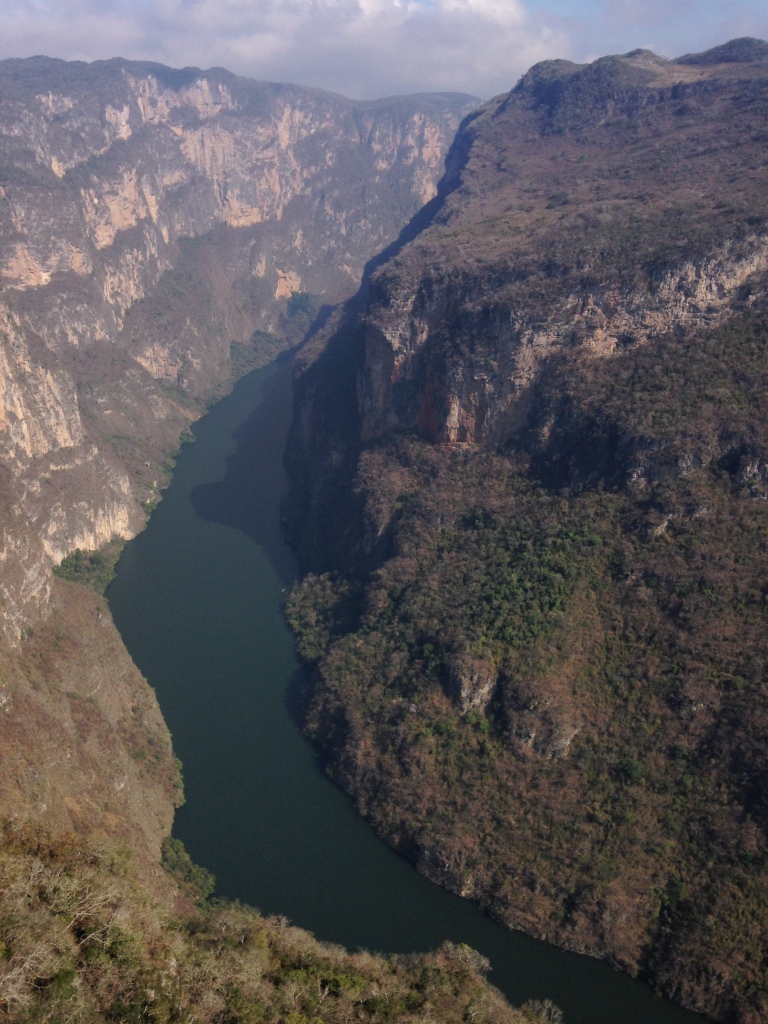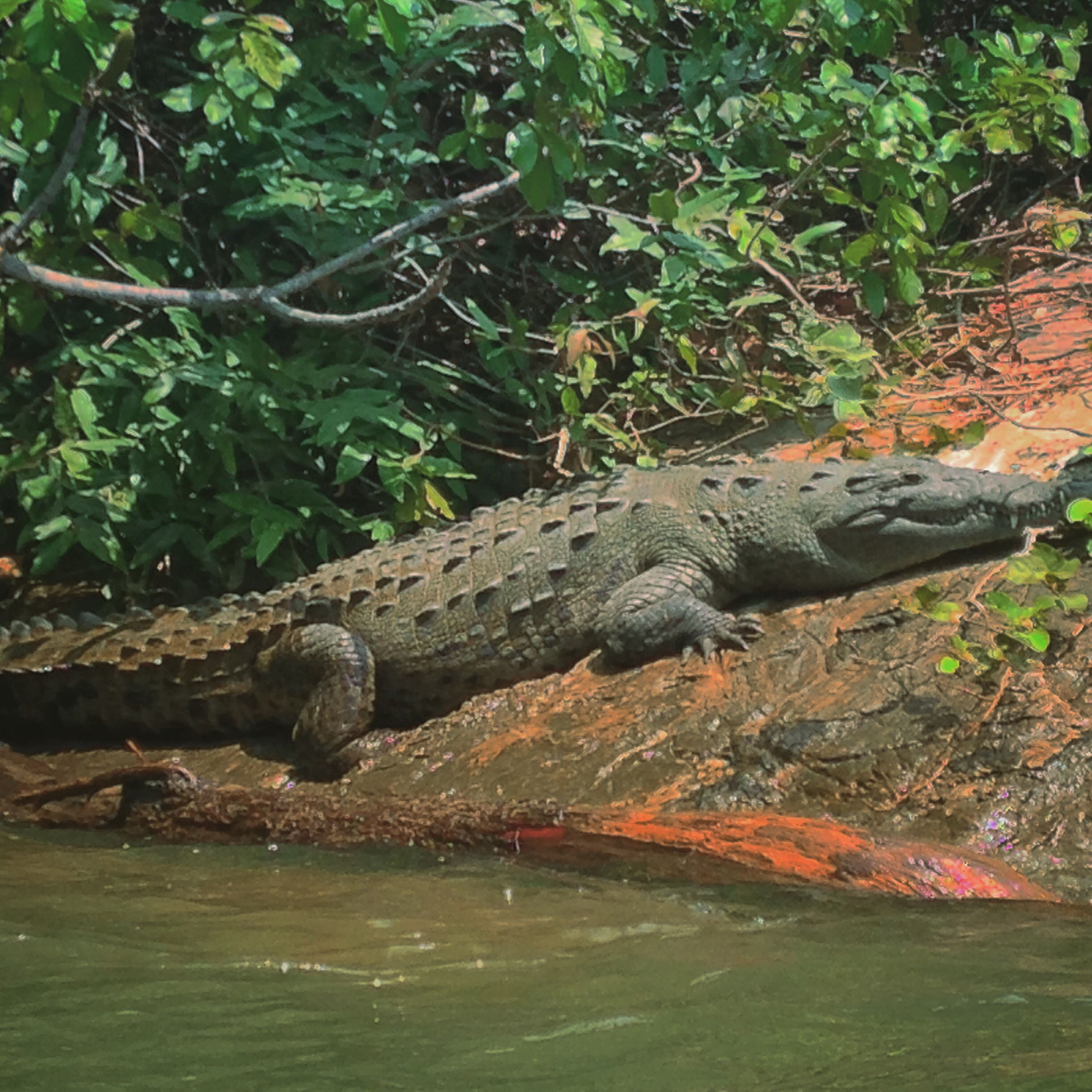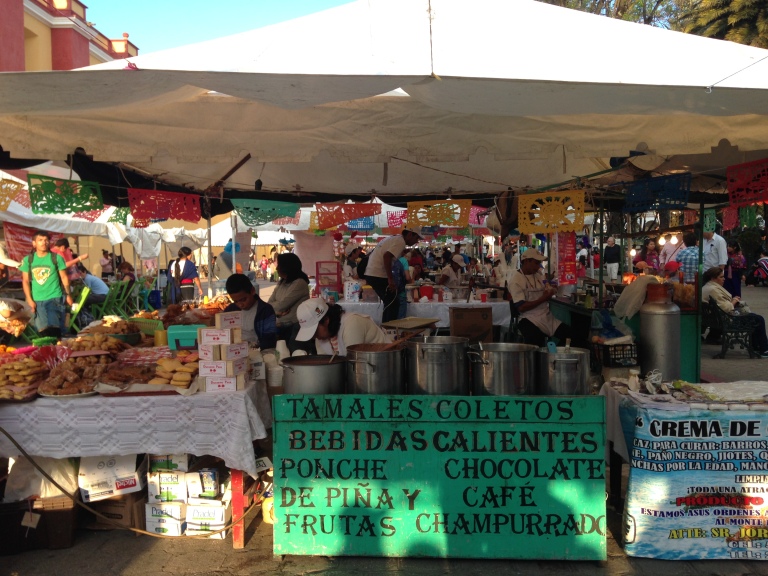I think the first time I heard, vaguely, of Chiapas—the southernmost state in Mexico, on the border with Guatemala—was because of the 1994 Zapatista (EZLN) rebellion and its aftermath. On January 1 of that year, coinciding with NAFTA going into effect, a group of local peasant/indigenous insurgents declared war on the Mexican government and occupied towns throughout the region. They were soon driven out by the military, and though they dispersed nonetheless maintained a globally visible publicity campaign. The Zapatistas became a ’90s leftist cause célèbre (e.g. Rage Against the Machine’s “People of the Sun”) and a symbol of the anti-globalization movement.

A lot can change in 20 years, though, as I learned when I arrived in the sun-baked state capital of Tuxtla Gutierrez. The threat of armed conflict has subsided, and Chiapas has been experiencing economic growth fueled by oil drilling and hydroelectric energy production. Here in the principal town of a region many Mexicans still consider to be geographically and culturally remote, I found a Wal-Mart (a local indigenous man told me it opened a year ago), a Sam’s Club, and two Starbucks.


Tuxtla’s prime draw is its proximity to the gorgeous Cañon del Sumidero and surrounding national park. While I took a tourist minibus from town, nestled in the canyon valley, up to the rim where the park’s entrance is, I was amazed to see scores of bicyclists tackling that incline on two wheels! After taking in the view from a handful of miradores (viewpoints), our group descended to the village of Chiapas de Corzo and tour the river by boat. From that vantage, it was possible to see that the scene featured in this post’s title image is that which is found on the escudo (coat of arms) of Chiapas.



The next day, I took a day-trip to the mountain town of San Cristóbal de las Casas, less than 1.5 hours away by bus. This was well-timed, since it hit 100°F in Tuxtla that afternoon, meaning that escaping to a “chilly” low-70s was a relief. San Cristóbal has always been the region’s cultural capital, small and picturesque, featuring colonial architecture, an active street life, artisan markets and food vendors, and in recent years, a relatively heavy tourist presence.




Before either Tuxtla or San Cristobal, though, I spent a couple days in the humid jungle town of Palenque in the northeast of the state. The catalyst for this whole trip had been the desire to visit the ancient Maya ruins there. (“Mayan”, I learned recently, properly refers to the language spoken by the Maya people.) The stone palace, towers, and temples there are believed to have been abandoned by the 9th century, swallowed by the forest, and lost for hundreds of years before late-18th-century explorers began the first excavations there.
Alas, the best laid plans of mice and men oft go awry. On my first morning in Palenque I awoke to a heavy, driving rain that continued without cessation for the entire weekend. I was staying near the ruins in a basic hut with mosquito netting at El Panchan, a well-known backpacker haunt and hippie hangout, that in other circumstances might have been fun for its rustic setting and nightly music and late, late partying. The torrential downpour, though, left the grounds dark, with paths washed out into muddy messes, and the social scene relatively depressed.
Still, I had come to see the ruins. Although smaller than I expected, they were captivating in their jungle setting, shrouded in mist. It was easy to imagine, as many experts believe, that scores more overgrown structures remain to be discovered around the site.
After a couple hours of touring the site, I headed back to El Panchan on one of the crowded colectivo shuttles that run on a loop on the road between the ruins and town—and on this ride, was robbed of my cell phone. In just ten short minutes of jostling in the rain to board the shuttle and being crammed in with other passengers, someone swiped my phone from my jacket pocket while I merely perceived an inconsequential bump.

Luckily I’d brought a backup in case of emergency: my old, shattered-screen phone that I had replaced less than three months ago with a new iPhone 6S. After first unsuccessfully trying to track my the stolen device (the thief turned it off and removed the SIM within a half hour) I went to town and bought a new local SIM and pre-paid data packet. I had, however, lost all my prior photos from the Palenque ruins and Mexico City—as well as my patience with this town. I bought a bus ticket on the overnight ride to Tuxtla, where, happily, as noted above, my trip got back on track!
